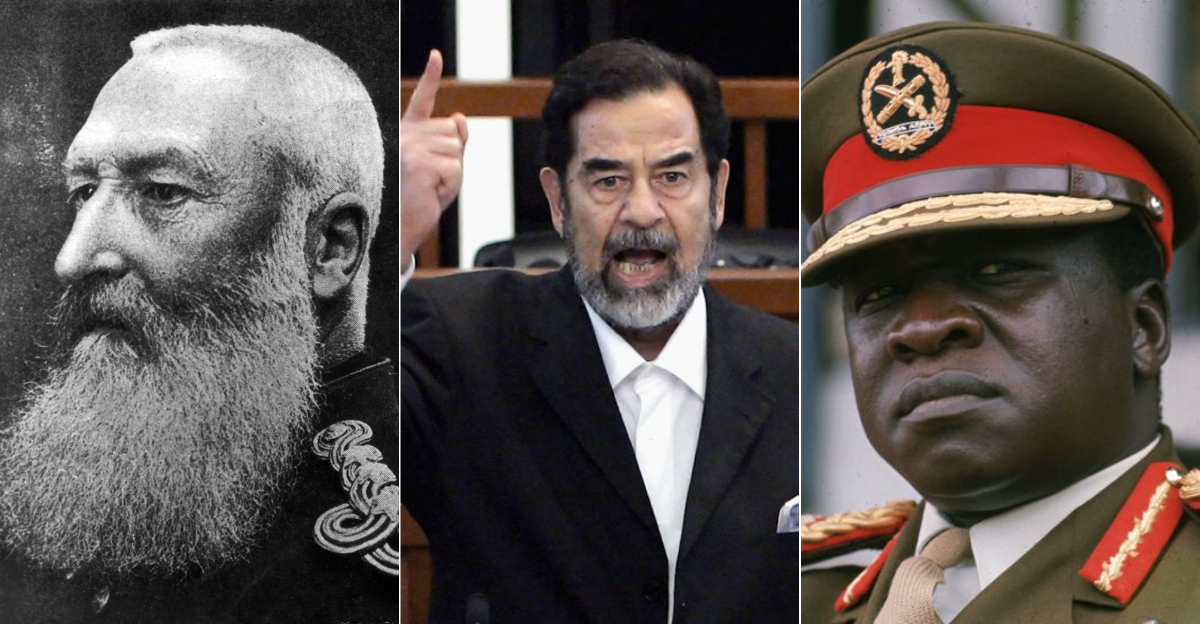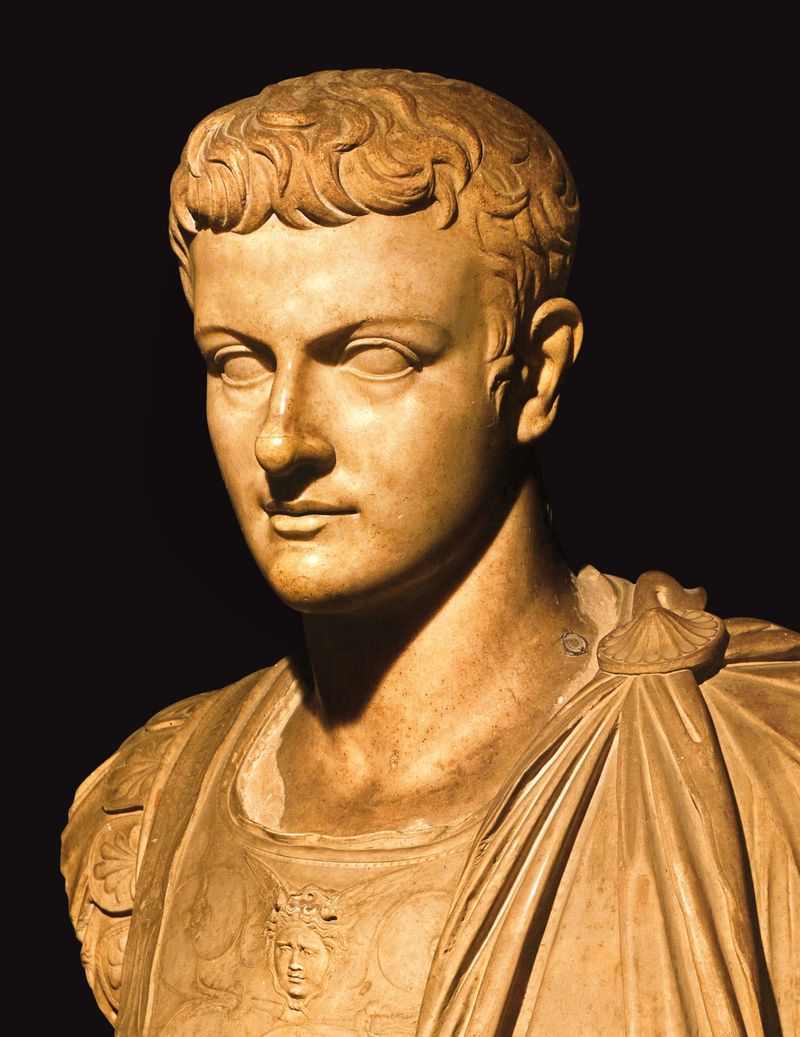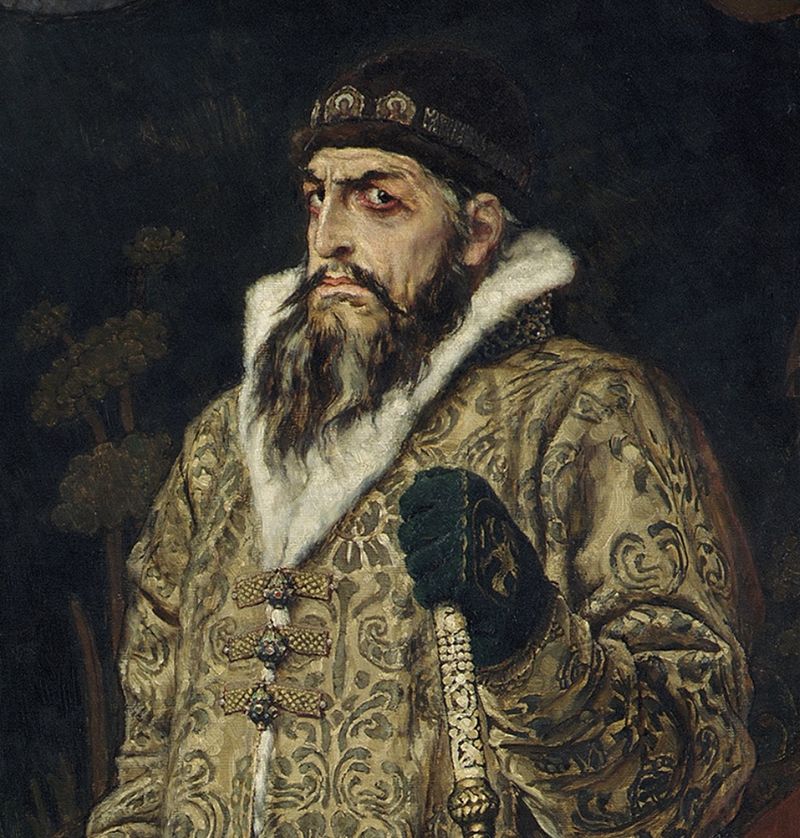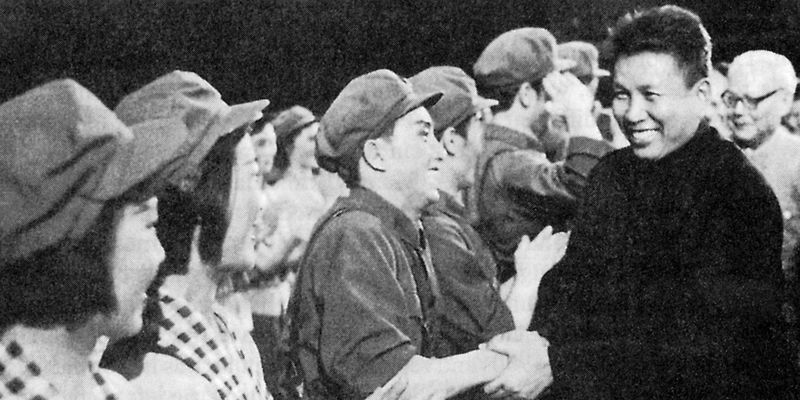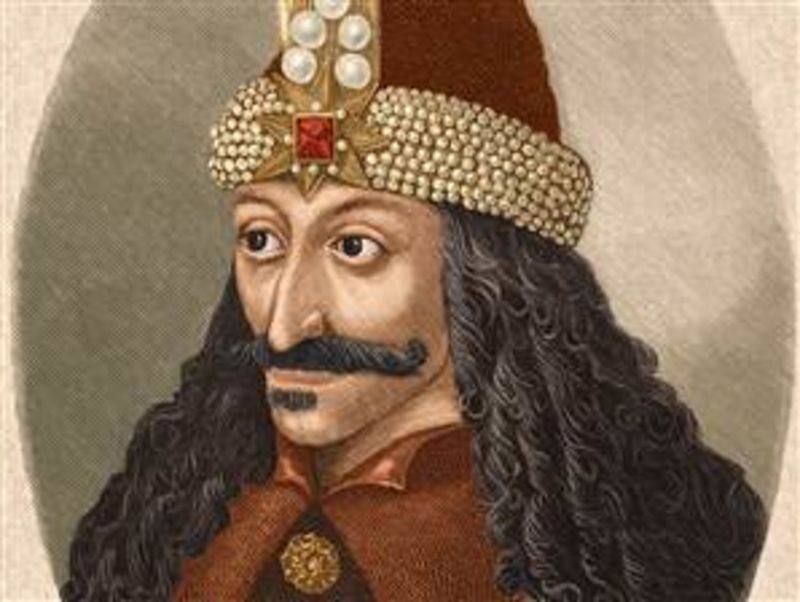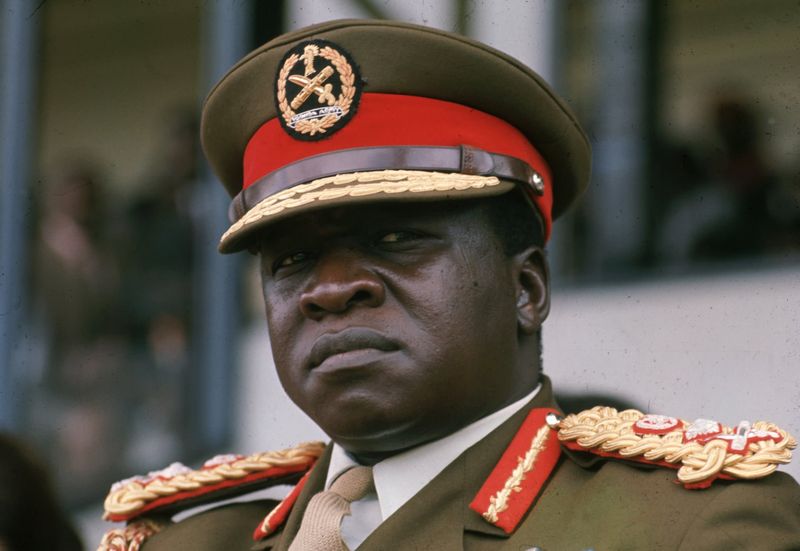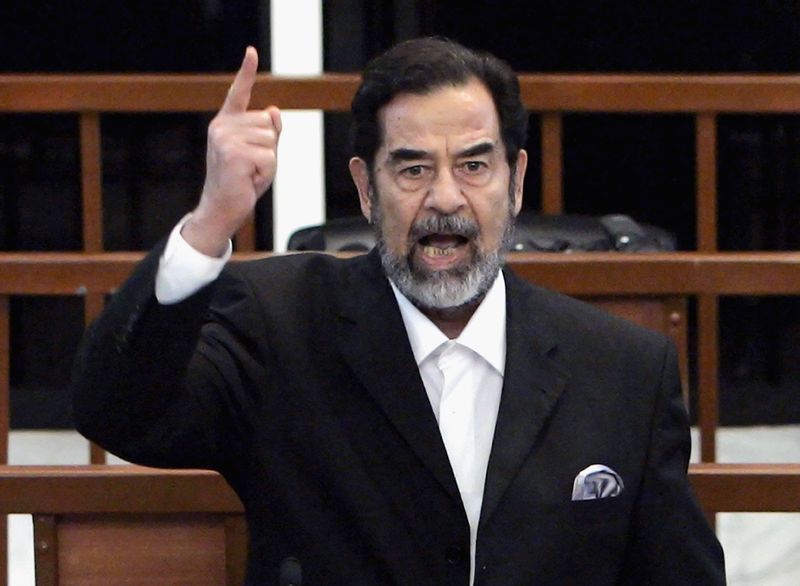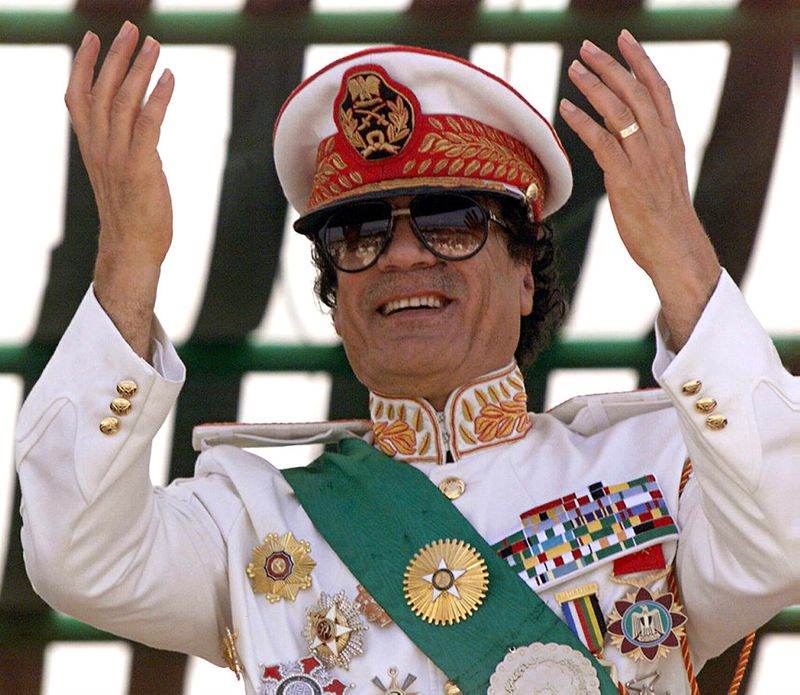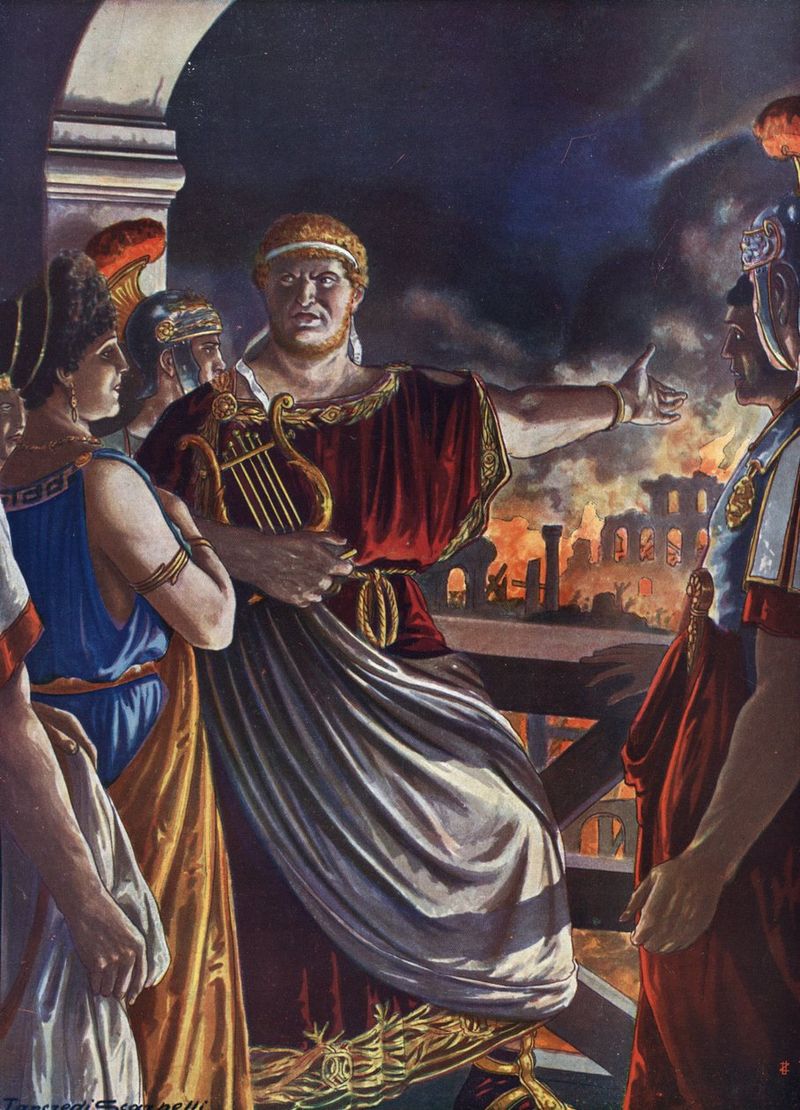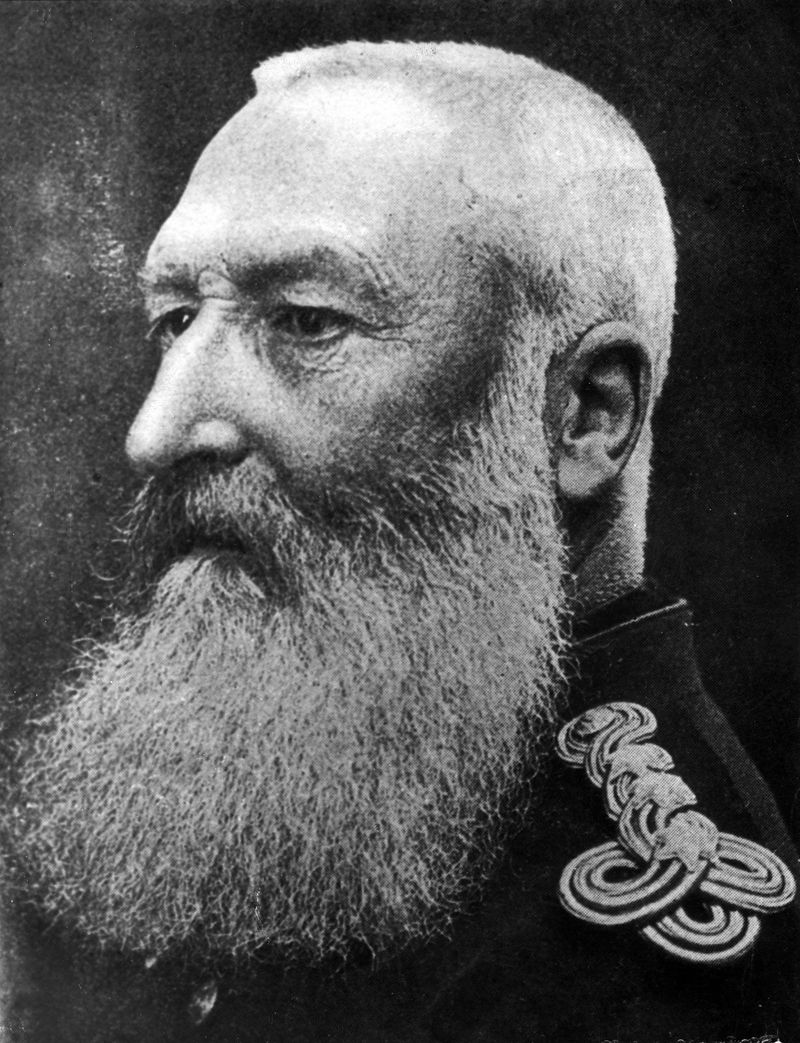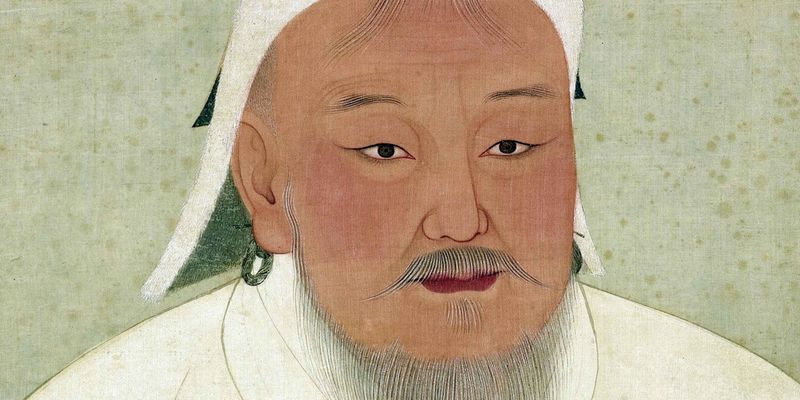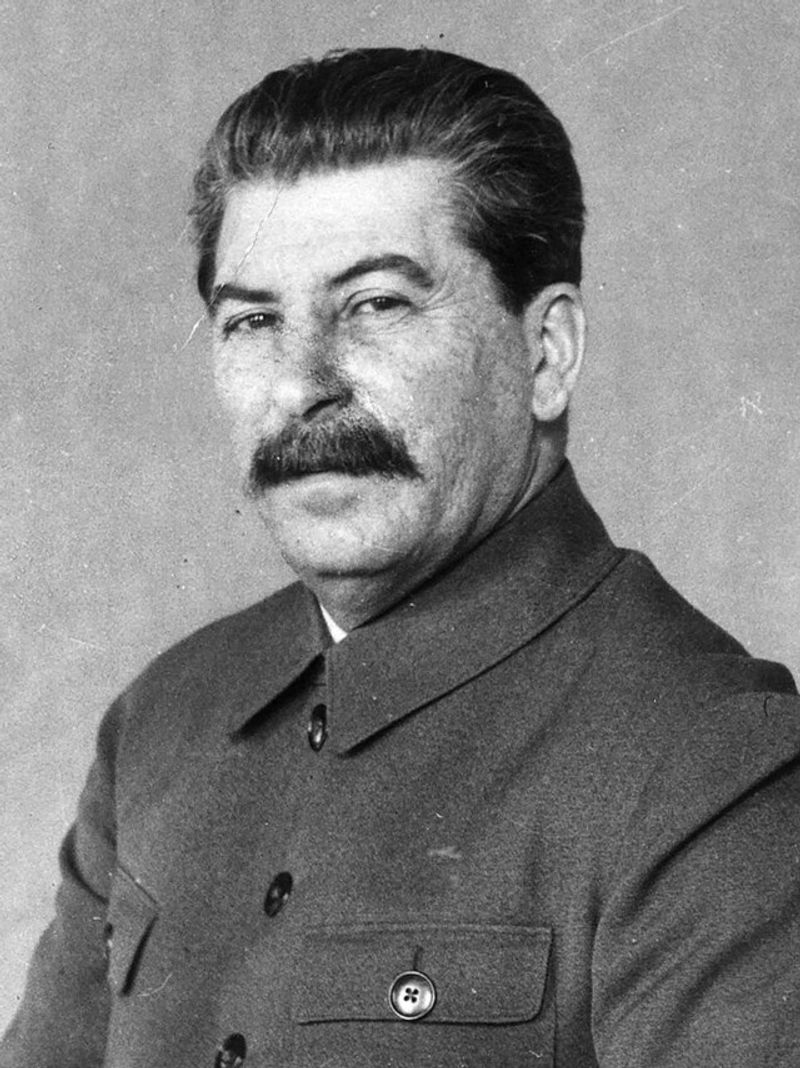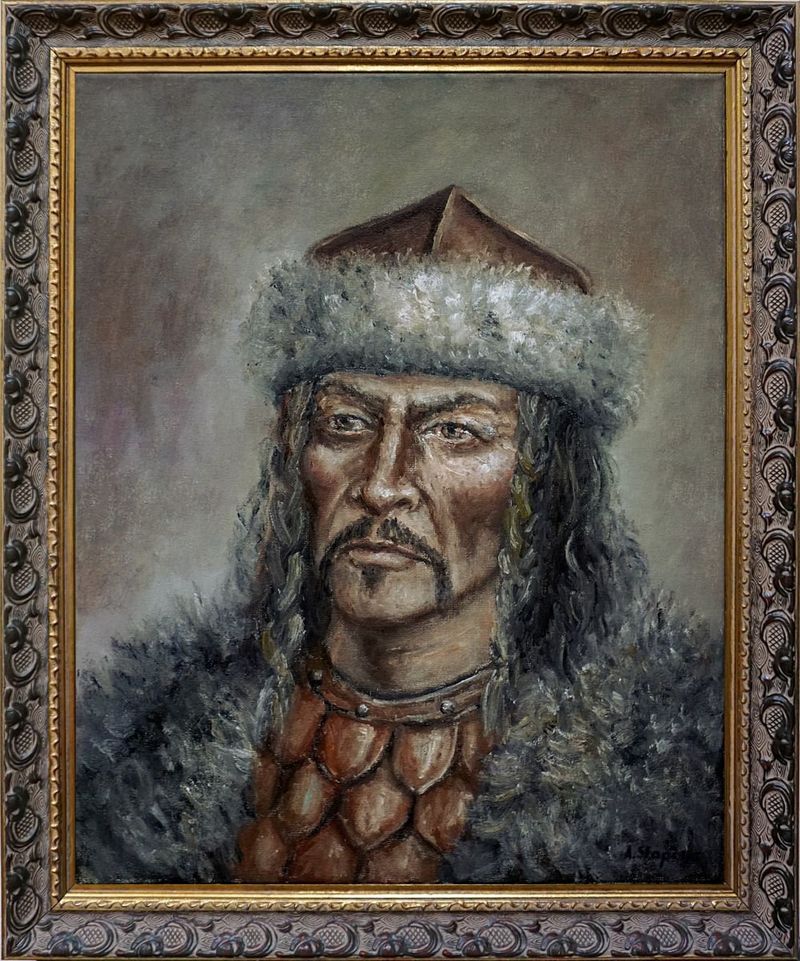Throughout history, numerous rulers have left their mark not only through their conquests and political maneuvers but often through acts of extraordinary cruelty and brutality. This blog delves into the lives of twelve of the most infamous rulers known for their tyrannical reigns, exploring the chilling tales of their leadership and the often dramatic ends they met. From ancient empires to modern states, these leaders’ stories reveal the darker side of power and authority.
1. Caligula (Roman Empire)
Known for his wild extravagances and cruel despotism, Caligula’s reign was marked by extreme eccentricity and a penchant for sadistic humor. Often indulging in bizarre and wasteful spectacles, he drained the empire’s treasury, leading to discontent among the populace. His unpredictable actions and declarations, such as proclaiming himself a living god, alienated both the Senate and his guards. Eventually, his erratic rule prompted a conspiracy among the Praetorian Guard, leading to his assassination in 41 AD. Despite his short rule, his legacy remains a testament to the dangers of unrestrained power.
2. Ivan the Terrible (Russia)
Feared for his intense paranoia and violent outbursts, Ivan IV Vasilyevich, known as Ivan the Terrible, was the first Tsar of Russia. His reign saw the establishment of a centralized Russian state, but his methods were ruthless. With an iron fist, he conducted brutal purges, notably the Oprichnina, which involved widespread terror and public executions. His later years were marked by personal and political turmoil, including the accidental killing of his own son. In 1584, amidst growing internal strife, Ivan succumbed to a stroke, leaving a legacy marred by bloodshed and terror.
3. Pol Pot (Cambodia)
Saloth Sar, better known as Pol Pot, led the Khmer Rouge in Cambodia and orchestrated one of the 20th century’s most devastating genocides. With an aim to create an agrarian utopia, he initiated radical reforms that resulted in the death of approximately two million people through starvation, forced labor, and executions. Pol Pot’s regime dismantled urban life, targeting intellectuals, professionals, and minorities. Following years of conflict and eventual Vietnamese invasion, he was placed under house arrest. In 1998, he died from heart failure, a controversial end to a reign of terror.
4. Vlad the Impaler (Wallachia)
Vlad III, known as Vlad the Impaler, earned his gruesome nickname through his preferred method of execution—impalement. His rule in Wallachia was defined by a relentless campaign against enemies both foreign and domestic, often employing fear and brutality as tools of governance. Tales of his horrific punishments and sadistic methods spread far and wide, cementing his fearsome reputation. Despite—or perhaps because of—his notorious cruelty, he remained a significant figure in Romanian history. In 1476, Vlad was killed in battle, leaving behind a legacy shrouded in both myth and horror.
5. Idi Amin (Uganda)
Idi Amin, the military dictator of Uganda, was infamous for his brutal regime characterized by human rights abuses, political repression, and ethnic persecution. Once hailed as Africa’s ‘Last King of Scotland,’ Amin’s rule from 1971 to 1979 was marked by chaos and terror. He expelled Asians from Uganda, nationalized businesses, and executed perceived opponents. His eccentric personality and brutal actions earned him international notoriety. Following a coup that ended his rule, Amin sought refuge in Saudi Arabia, where he lived in exile until his death in 2003. His legacy remains a cautionary tale of tyranny and excess.
6. Saddam Hussein (Iraq)
Saddam Hussein, the President of Iraq, ruled with an iron fist from 1979 until his ousting in 2003. Known for his authoritarian regime, he suppressed political dissent with ruthless efficiency. Under his leadership, Iraq engaged in prolonged conflicts, including the Iran-Iraq War and the Gulf War. His oppressive policies led to numerous human rights violations, including mass killings of ethnic minorities. After being captured by U.S. forces in 2003, Saddam was tried and executed by hanging in 2006. His rule remains a stark example of power wielded without regard for human rights.
7. Muammar Gaddafi (Libya)
Muammar Gaddafi, who ruled Libya for over four decades, became a symbol of unpredictable and oppressive governance. Initially hailed as a progressive leader, he soon turned Libya into a police state with widespread surveillance and control. His flamboyant style and eccentric behavior became infamous worldwide. In 2011, amid the Arab Spring, a civil war erupted, and Gaddafi was captured and killed by rebel forces. His death underscored the violent end of a long and controversial rule. Gaddafi’s legacy continues to polarize opinions, reflecting the complex nature of his leadership and governance.
8. Nero (Roman Empire)
Nero Claudius Caesar, known for his tyrannical rule over the Roman Empire, is often remembered for the Great Fire of Rome, which many believe he started to rebuild the city in his own vision. His reign was marked by opulence, artistic ambition, and ruthless elimination of rivals, including his own mother. Nero’s erratic and despotic behavior incited public and political unrest, leading to a rebellion. As his downfall approached, he chose suicide in 68 AD rather than face capture, declaring, “What an artist dies in me!” His dramatic life and death remain emblematic of imperial decadence.
9. Leopold II (Belgium/Congo)
Leopold II of Belgium is infamous for his exploitative rule over the Congo Free State, where his pursuit of wealth led to the deaths of millions. Under the guise of philanthropy, he established a regime of forced labor and brutal punishment in pursuit of rubber and ivory. Reports of atrocities, including mutilation and mass murder, eventually sparked international outrage. Although he amassed great wealth from the Congo, Leopold’s actions were condemned globally. He died peacefully in 1909, never facing justice for his actions. His legacy remains a dark stain on colonial history.
10. Genghis Khan (Mongol Empire)
Genghis Khan, born Temujin, forged one of the largest empires in history through relentless conquest and military strategy. Known for his brutality in warfare, he united the Mongol tribes and expanded his empire across Asia and into Europe. His leadership was marked by strict discipline, innovative tactics, and a reputation for mercilessness. Despite his fearsome image, he implemented meritocratic principles and promoted trade and communication. Genghis Khan’s death in 1227 remains shrouded in mystery, with theories ranging from illness to wounds sustained in battle. His legacy endures as both a conqueror and a nation-builder.
11. Joseph Stalin (Soviet Union)
Joseph Stalin, leader of the Soviet Union, presided over a regime marked by oppressive control and extensive purges. Under his rule, the state orchestrated widespread terror, including the Great Purge, which resulted in the execution of millions. Stalin’s policies transformed the Soviet Union into a major world power, but at a tremendous human cost. His control extended to every facet of life, fostering a climate of fear and suspicion. In 1953, Stalin died of a stroke, leaving behind a complex legacy of industrialization and repression. His rule remains a contentious period in Russian history.
12. Attila the Hun (Hunnic Empire)
Attila the Hun, known as the ‘Scourge of God,’ was a feared and formidable ruler who led the Hunnic Empire in the 5th century. Renowned for his military prowess and brutal campaigns across Europe, his name became synonymous with terror. Despite his reputation, he was also a shrewd diplomat. Attila’s unexpected death in 453 AD reportedly occurred after a night of heavy feasting, leading to internal bleeding. The suddenness of his demise left a power vacuum that contributed to the Huns’ decline. His legacy as a ruthless warrior endures in historical lore and legend.
